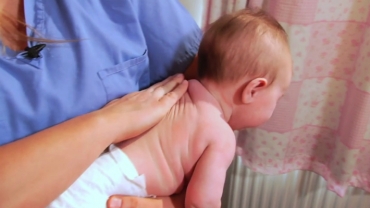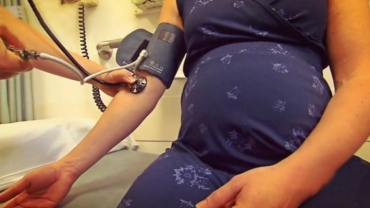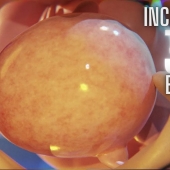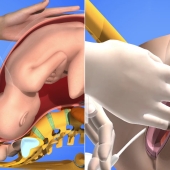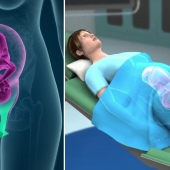Caesarean section, also known as a C-section, is the delivery of a baby through an incision that your doctor makes on the abdomen and womb (uterus). A C-section may be recommended by your surgeon for the following reasons:
• Risks involved in a vaginal birth.
• Multiple births (more than one baby).
• Large baby.
• Problems with the position of your baby.
• Problems in the cervix, resulting in failure of labour to progress.
• Problems in the umbilical cord or placenta.
• Baby shows signs of distress, such as slowed heart rate.
• You have a medical condition such as high blood pressure, diabetes or infections such as human immunodeficiency virus (HIV).
• You may also opt for a C-section even if a vaginal delivery is considered possible and safe in your situation.
Procedure:
C-section is performed under general anesthesia or regional anesthesia, such as a spinal or epidural block. You doctor makes an incision in your abdomen which may be vertical or horizontal (side-to-side). Underlying muscles are separated. Another similar incision is made in the wall of the uterus. Your doctor delivers your baby through these incisions. The umbilical cord is cut and clamped, and the placenta is removed. The incisions are then closed with stitches or staples.
As with any surgery, C-section may involve certain risks and complications, which include:
• Infection.
• Blood clots in your legs, lungs or pelvic organs.
• Blood loss.
• Bladder or bowel injury.
• Side-effects of medicines or anesthesia.
- 38877 views




